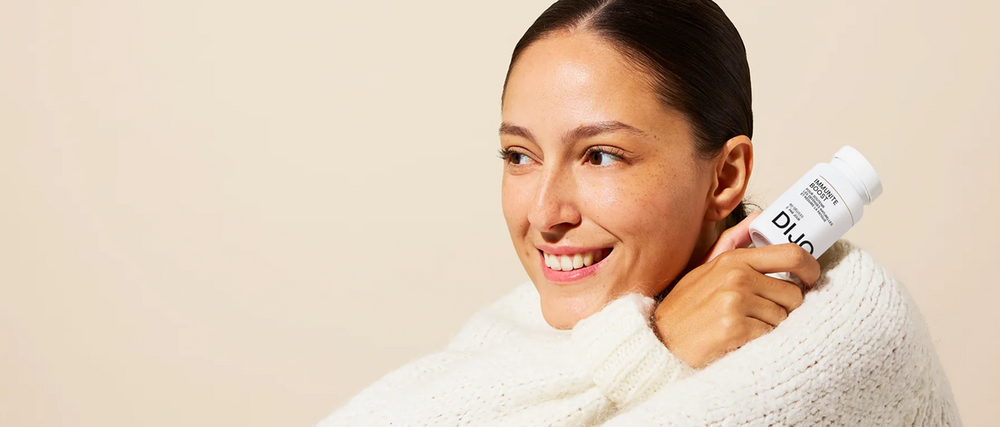
Diagnosis of the belly
Our treatments

Best Sellers

Bilan du ventre en 5 minutes
Faire le bilan
About
MENU

Best sellers
Préoccupations






